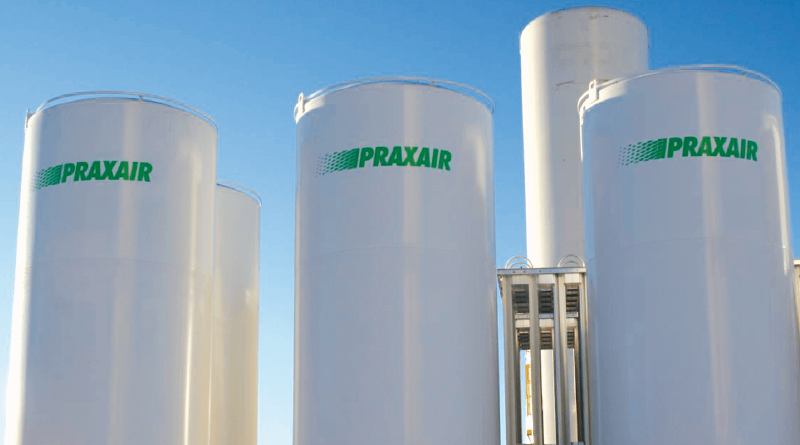Bulk Gas Storage
If you require medium-sized amounts of argon, carbon dioxide, nitrogen, oxygen, helium or hydrogen, our bulk liquid delivery systems may be ideal for you. Bulk deliveries are made by truck and stored in your on-site tanks. A range of container sizes provides options for low, medium or high pressure flow rates.
Cryogenic Delivery Systems
Cryogenic Liquids
Liquid oxygen, liquid nitrogen and liquid argon are cryogenic liquids. Their boiling temperatures are:
- Liquid Oxygen: – 297.3 °F (-183 °C)
- Liquid Nitrogen: – 320.4 °F (-195.8 °C)
- Liquid Argon: – 302.6 °F (-185.9 °C)
Sublimation Point - Liquid CO2: – 109.3 °F (-78.5 °C)

Cryogenic liquids storage vessels have three components:
1. Inner Pressure Vessel
A vessel, usually made of stainless steel or other materials that have favorable strength characteristics when exposed to cryogenic temperatures.
2. Outer Vessel
A vessel made of carbon steel or stainless steel. Under normal operating conditions, this vessel retains the insulation around the inner pressure vessel and can also maintain a vacuum around the inner vessel. Typically, the outer vessel is not exposed to cryogenic temperatures.
3. Insulation
The space between the inner and outer vessel, containing several inches of insulating material maintained in a vacuum. The vacuum and insulating material help to reduce heat transfer and thereby reduce the boil-off of the liquid oxygen, liquid nitrogen or liquid argon stored within the vessel.
The inner vessel of the storage tank is typically designed to sustain a maximum allowable working pressure of 250 psig (1724 kPa). Vessels may be fabricated for higher or lower working pressures and special applications. The service pressure of the vessel is adjustable.




























